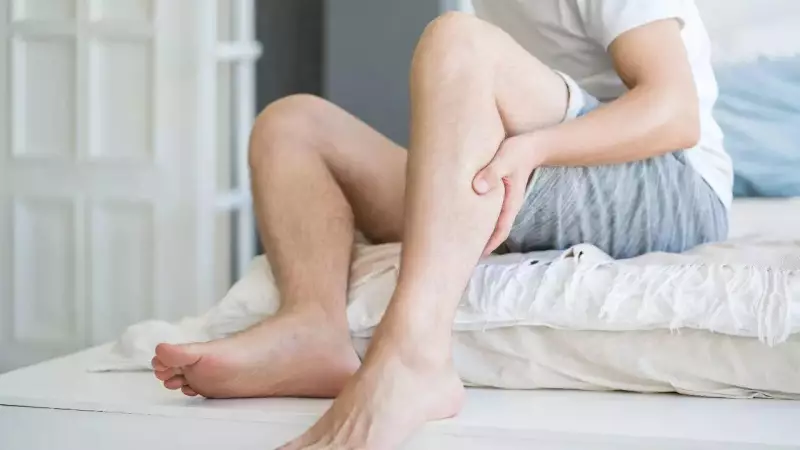
That sudden, excruciating leg cramp that jolts you awake at 3 AM might be more than just a random muscle spasm. Medical experts warn that frequent nocturnal leg cramps could be your body's way of signaling underlying health issues that need attention.
What Exactly Are Night Leg Cramps?
Nocturnal leg cramps are involuntary, painful contractions that typically strike your calf muscles, though they can also affect thighs and feet. Unlike restless leg syndrome, these cramps cause intense, localized pain that can last from seconds to several minutes, leaving muscles tender for hours afterward.
The Hidden Health Signals You Shouldn't Ignore
While occasional cramps are normal, frequent episodes might indicate:
- Electrolyte imbalances - Low levels of potassium, magnesium, or calcium
- Nerve compression - Particularly in the spine
- Circulation problems - Including peripheral artery disease
- Medication side effects - From diuretics, statins, or blood pressure drugs
- Dehydration - Inadequate fluid intake throughout the day
- Pregnancy-related changes - Especially during later stages
- Underlying conditions - Such as diabetes, thyroid disorders, or kidney disease
Who's Most at Risk?
Certain factors increase your vulnerability to nighttime leg cramps:
- Adults over 50 experience them more frequently
- Pregnant women, particularly in the second and third trimesters
- Athletes and physically active individuals
- People with sedentary lifestyles
- Those taking specific medications
- Individuals with existing medical conditions like diabetes
Proven Prevention Strategies That Actually Work
Hydration and Nutrition
Stay properly hydrated throughout the day, not just when you're thirsty. Include magnesium-rich foods like nuts, seeds, and leafy greens in your diet. Potassium sources such as bananas and sweet potatoes can also help maintain electrolyte balance.
Smart Exercise Habits
Gentle stretching before bed, particularly calf and hamstring stretches, can significantly reduce cramp frequency. Avoid intense exercise right before sleeping, and incorporate regular, moderate physical activity into your daily routine.
Sleep Environment Optimization
Keep blankets loose at the foot of your bed to prevent pointing your toes downward. Consider using a pillow to elevate your feet slightly while sleeping. Maintain a comfortable room temperature - neither too hot nor too cold.
When Should You See a Doctor?
Consult a healthcare professional if you experience:
- Cramps that occur more than twice weekly
- Severe pain that disrupts your sleep regularly
- Muscle weakness accompanying the cramps
- Cramps that don't improve with self-care measures
- Swelling, redness, or skin changes in the affected area
Immediate Relief When Cramps Strike
When awakened by a cramp, gently stretch the affected muscle. Walk around slowly to encourage blood flow. Massage the area with firm pressure. Applying a warm compress or taking a warm bath can provide additional relief.
Remember, while night leg cramps are common, they shouldn't be consistently disrupting your life. Pay attention to their frequency and severity - your body might be trying to tell you something important about your overall health.





